CBSE 11TH MATHEMATICS - Online Test
Q1. If a = 4, b = 3 and A = then c is a root of the equation
Answer : Option B
Explaination / Solution:
Hence c is the root of the equation
Q2. The points ( 4,7 ,8) ,( 2, 3,4 ),( - 1 , -2 , 1 ) and (1 , 2, 5 ) are the vertices of a
Answer : Option A
Explaination / Solution:
The vertices of a quadrilateral are A( 4,7 ,8) , B( 2, 3,4 ) ,C (- 1 , -2 , 1 ) and D(1 , 2, 5 )
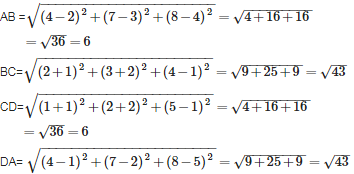


Here opposite sides of quadrilateral ABCD are equal , so it may be parallelogram or rectangle

Here length of diagonals AC and BD are different so ABCD is a parrallelogram
Q3. Let A and B be two sets in the universal set . Then A - B is equal to
Answer : Option D
Explaination / Solution:
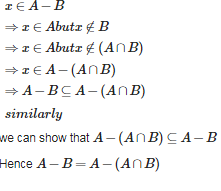

Q4. The inequality | z − 6 | < | z − 2 | represents the region given by
Answer : Option A
Explaination / Solution:
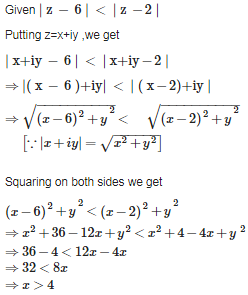

Q5. The coefficients of and ( p, q are + ve integers) in the binomial expansion of are
Answer : Option B
Explaination / Solution:
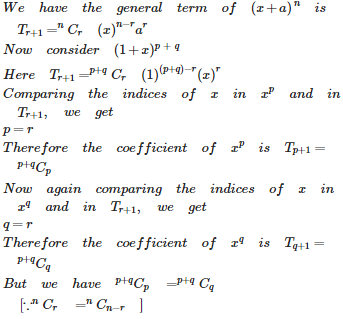

Q6. What is the solution set for ?
Answer : Option D
Explaination / Solution:
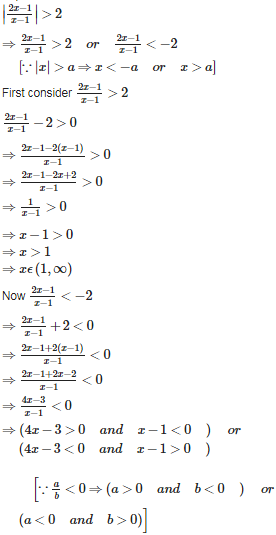



Q7. is equal to
Answer : Option D
Explaination / Solution:
Since the limit is in the form of 0/0. By applying L'hospital first time we get,
Again using L'Hospital;
Again using L'Hospital we get
Q8. In an A.P., sum of first p terms is q and sum of first q terms is p. Sum of its p + q terms is
Answer : Option D
Explaination / Solution:
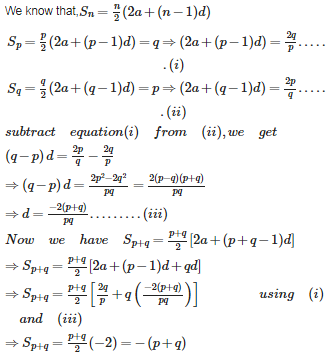

Q9. For a moderately skewed distribution, quartile deviation and the standard deviation are related by
Answer : Option D
Explaination / Solution:
its a standard result
Q10. The lines 2x – 3y = 5 and 6x – 9y – 7 = 0 are
Answer : Option C
Explaination / Solution:
The given lines are paraallel lines
Condition for the line to be parallel is =
substituting the values,
=
Hence they are parallel lines.
